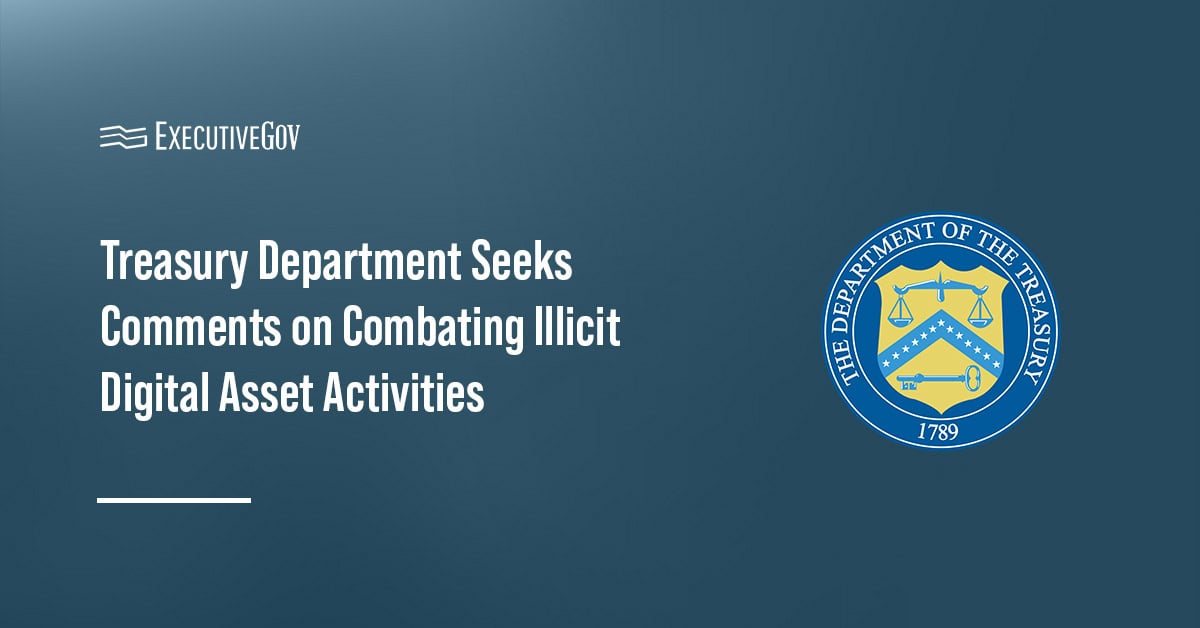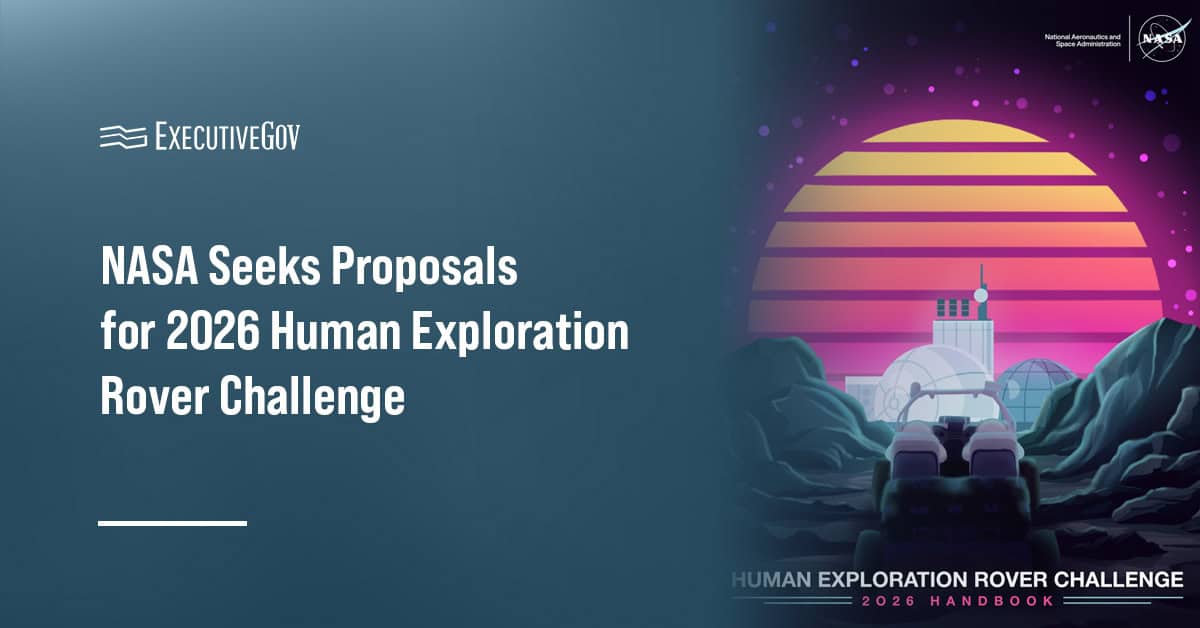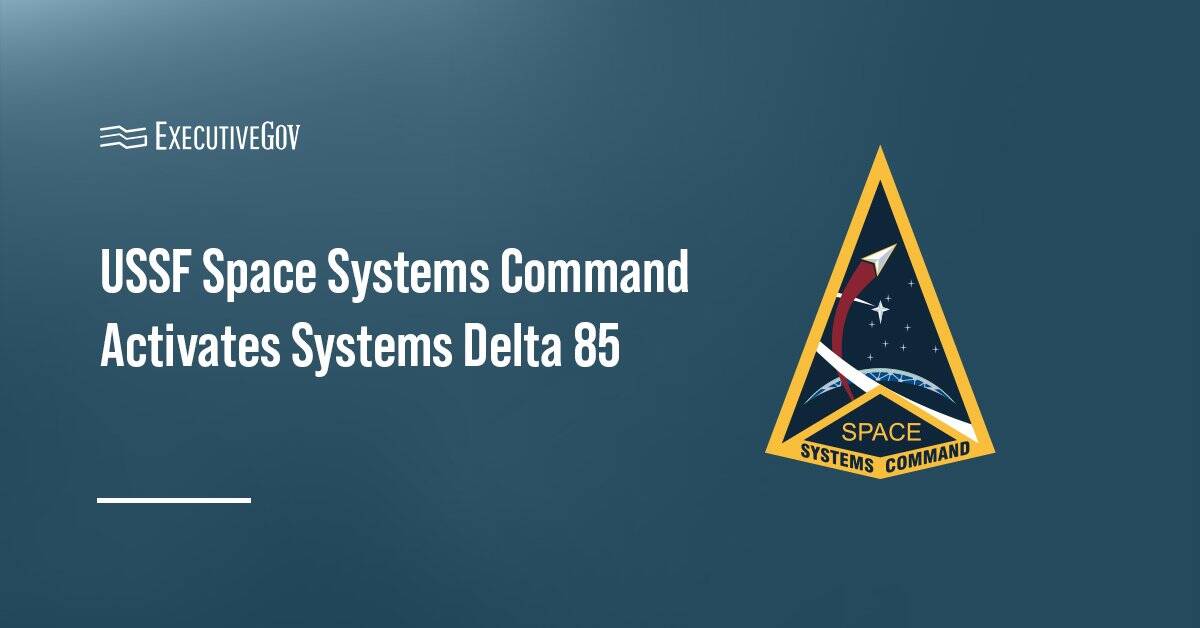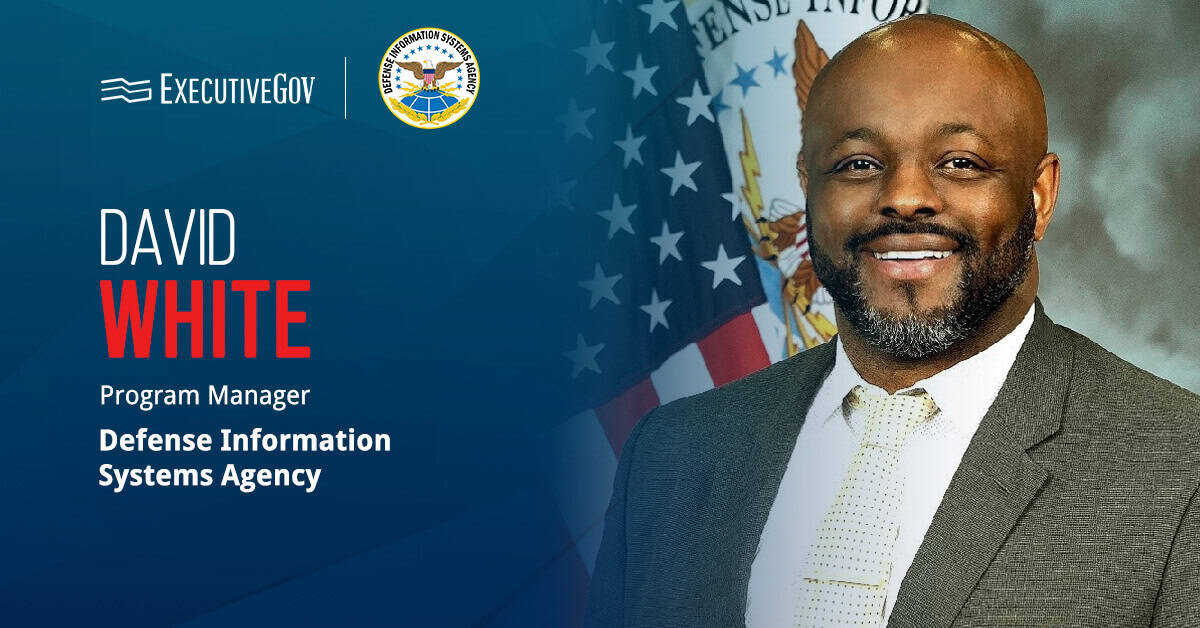Air Force Gen. Dagvin R.M. Anderson on Friday officially assumed the role of commander of U.S. Africa Command during a change of command ceremony held at Kelley Barracks in Stuttgart, Germany.
Anderson took the helm of Africom from Marine Corps Gen. Michael Langley, who led efforts to strengthen operational readiness and improve interoperability with African and allied forces when he took command in August 2022.

Join U.S. military leaders and industry experts as they discuss international partnerships, coalition warfare, technological advances and more at the Potomac Officers Club’s GovCon International Summit. Save your spot now for this Oct. 16 event!
“I am not new to the challenges of Africa,” said Anderson, who was nominated to the position in June. “And I am incredibly familiar with the rising threats around the world that are vying for influence on the continent, seeking to destabilize and undo the world order that we enjoy [while undermining] the way of life that we all defend.”
Who Is Gen. Dagvin Anderson?
Anderson most recently served as director of Joint Force Development, J7, Joint Staff at the Pentagon. In this capacity, he helped oversee doctrine, training, concept development and experimentation, and three other joint force development functions.
His previous assignments include vice director for operations at the Joint Staff, commander of Special Operations Command-Africa and deputy director for operations of the Indo-Pacific Command.
He is a command pilot with over 3,400 flight hours with several aircraft, including KC-135R, MC-130E and U-28A.













